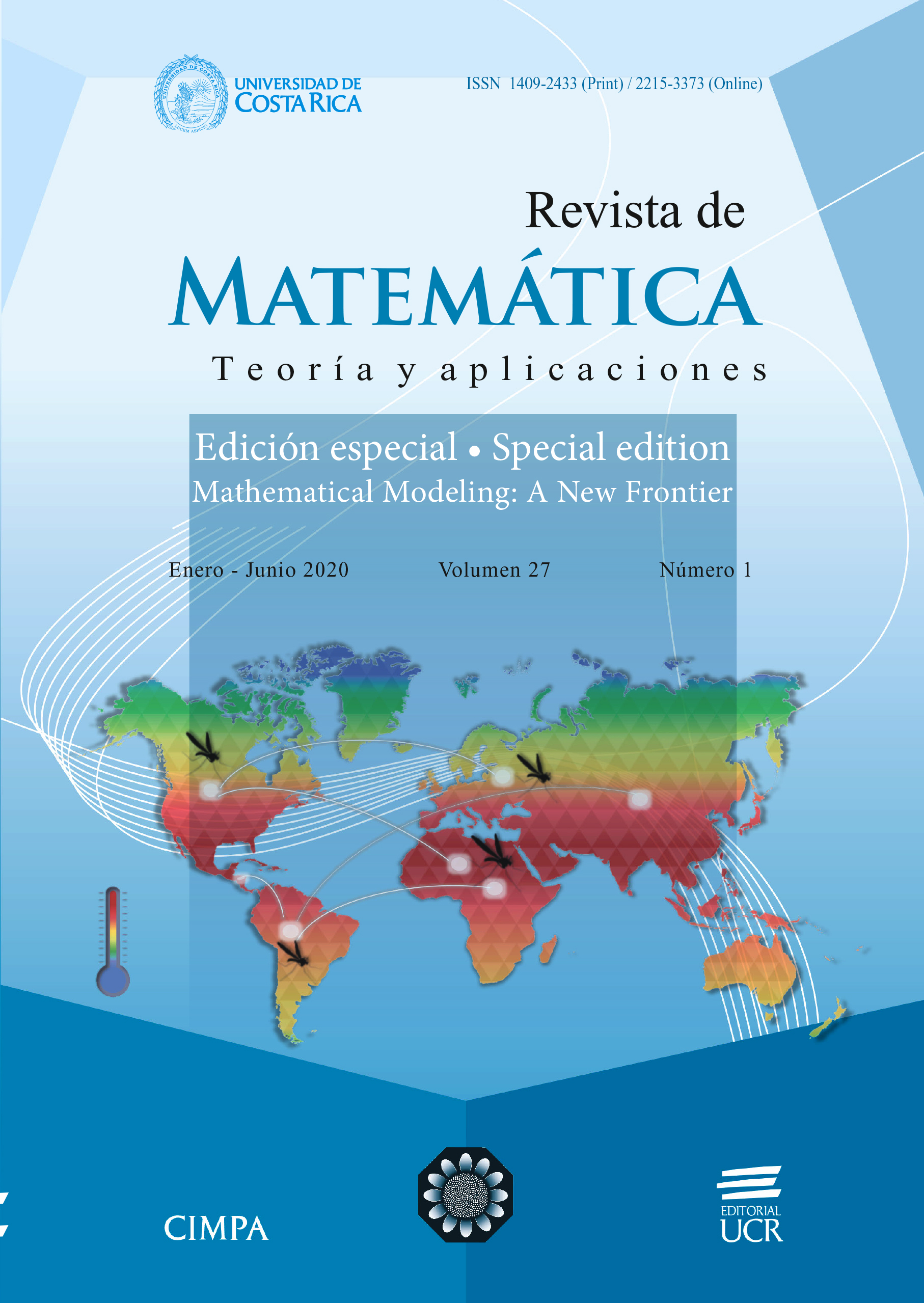Abstract
In this work, we demonstrate that the consideration of a fixed epidemic and the use of linear programming can be an effective tool for designing rollout strategies for infectious disease interventions. Specifically, we argue that the approach can be more flexible, more amenable to detailed allocation plans and more in line with the way that public policy decisions are made than standard optimal control allocations. We also show how feasibility and ethical constraints can be incorporated into resource allocations.
As an application, we consider the initial rollout of Treatment as Prevention (TasP) resources for HIV (human immunodeficiency virus) in South Africa that began within the last decade. Going back to TasP’s initial rollout allows us to demonstrate the strengths of this approach.
References
Actuarial Society of South Africa, AIDS models. Available at https://www.actuarialsociety.org.za/downloads/ committee-activities/aids-models/
S.J. Anderson, P. Cherutich, N. Kilonzo, I. Cremin, D. Fecht, D. Kimanga, M. Harper, . . . , T.B. Hallett, Maximising the effect of combination HIVprevention through prioritisation of the people and places in greatest need: a modelling study, The Lancet 384(2014), no. 9939, 249–256. doi: 10.1016/S0140-6736(14)61053-9
M.C. Boily, R.F. Baggaley, L. Wang, B. Masse, R.G. White, R.J. Hayes, M. Alary, Heterosexual risk of HIV-1 infection per sexual act: systematic review and meta-analysis of observational studies, Lancet Infect. Dis. 9(2009), no. 2, 118–129. doi: 10.1016/S1473-3099(09)70021-0
M.L. Brandeau, G.S. Zaric, A. Richter, Resource allocation for control of infectious diseases in multiple independent populations: beyond costeffectiveness analysis, Journal of Health Economics 22(2003), no. 4, 575–598. doi: 10.1016/S0167-6296(03)00043-2
M.S. Cohen, Y.Q. Chen, M. McCauley, T. Gamble, M.C. Hosseinipour, N. Kumarasamy, J.G. Hakim, . . . , T.R. Fleming, Prevention of HIV-1 infection with early antiretroviral therapy, N. Engl. J. Med. 365(2011), no. 6, 493–505. doi: 10.1056/NEJMoa1105243
R. Dorrington, L.F. Johnson, D. Budlender, ASSA2008 AIDS and demographic models. Centre for Actuarial Research, University of Cape Town, 2010.
A. Duriux-Smith, J.T. Goodman, European Study Group on Heterosexual Transmission of HIV, Comparison of female to male and male to female transmission of HIV in 563 stable couples, British Medical Journal 304(1992), no. 6830, 809–813. doi: 10.1136/bmj.304.6830.809
S.R. Earnshaw, K. Hicks, A. Richter, A. Honeycutt, A linear programming model for allocating HIV prevention funds with state agencies: a pilot study, Health Care Manag. Sci. 10(2007), no. 3, 239–252. doi: 10.1007/s10729-007-9017-8
R.M. Granich, C.F. Gilks, C. Dye, K.M. De Cock, B.G. Williams, Universal voluntary HIV testing with immediate antiretroviral therapy as a strategy for elimination of HIV transmission: a mathematical model, The Lancet 373(2009), no. 9657, 48–57. doi: 10.1016/S0140-6736(08)61697-9
R.M. Grant, J.R. Lama, P.L. Anderson, V. McMahan, A.Y. Liu, L. Vargas, P. Goicochea, . . . , D. V. Glidden, Preexposure chemoprophylaxis for HIV prevention in men who have sex with men, N. Engl. J. Med. 363(2010), no. 27, 2587–2599. doi: 10.1056/NEJMoa1011205
J.L. Juusola, M.L. Brandeau, HIV treatment and prevention: a simple model to determine optimal investment, Medical Decision Making 36(2016), no. 3, 391–409. doi: 10.1177/0272989X15598528
E.H. Kaplan, M.H. Merson, Allocating HIV-prevention resources: balancing efficiency and equity, Am J Public Health 92(2002), no. 12, 1905–1907. doi: 10.2105/ajph.92.12.1905
A. Lasry, G.S. Zaric, M.W. Carter, Multi-level resource allocation for HIV prevention: a model for developing countries, European Journal of Operational Research 180(2007), no. 2, 786–799. doi: 10.1016/j.ejor.2006.02.043
O. Shisana, T. Rehle, L.C. Simbayi, K. Zuma, S. Jooste, N. Zungu, D. Labadarios, D. Onoya, South African national HIV prevalence, incidence and behaviour survey, 2012, Human Sciences Research Council (HSRC) Press, Cape Town, South Africa, 2014. Available from: http://www.hsrc.ac.za/en/research-outputs/view/6871
UNAIDS, UNAIDS country data: South Africa, 2015. https://www.unaids.org/en/regionscountries/countries/ southafrica
World Health Organization, Interim WHO clinical staging of HIV/AIDS and HIV/AIDS case definitions for surveillance: African region, World Health Organization, Switzerland, 2005. https://www.who.int/ hiv/pub/guidelines/casedefinitions/en/





